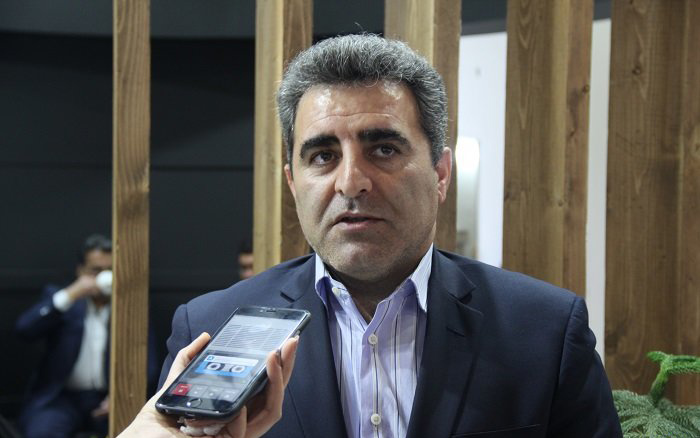A senior official disclosed details of the $13.5 billion finance deals with Germany and Japan to be used in Iran's rail projects.
“Islamic Republic of Iran Railways is going to use the allocated finances to establish a signaling system for a part of Tehran-Tabriz railroad and provide new electric and diesel wagons for the country’s railroad system,” Nourollah Beiranvand, IRIR's deputy for planning and investment, was quoted as saying by the news portal of the Ministry of Roads and Urban Development.
Iran is expecting a €3 billion ($3.5 billion) foreign finance from a German company with €1.7 billion ($2 billion) of the funds related to projects belonging to Roads Ministry.
This is while Japan is to extend $10 billion to Iran and has so far shown interest in a $9-billion Iranian project to build two railroads connecting the northeastern and northwestern parts of Tehran to its southwestern and southeastern points respectively.
The project is predicted to be completed in seven years, which will provide an underground exit for Tehran and help solve its traffic problem.
Beiranvand noted that the €3 billion German finance has been offered in several packages, which include various projects like providing electric and diesel locomotives from Germany’s Siemens Company and setting up signaling systems and high-speed connection lines.
The German offer also includes providing high-speed trains for Tehran-Qom-Isfahan and electric locomotives for Tehran-Mashhad railroads.
“Germans also offered to provide passenger wagons for us, but IRIR responded that it will accept it only if Iran participates in their production inside the country, therefore there has been no agreement in this regard yet,” he said.
The Iranian official noted that the German finance offer has been made by a consortium consisting of German banks and though some parts of the finance deal have been finalized, a few issues are still under negotiation.
Other Segments
Beiranvand noted that the other portion of Japanese finance is going to be used in railroad projects.
Providing signaling systems and electrifying Tehran-Tabriz railroad in East Azarbaijan Province in northwestern Iran and rail fleet leasing have also been lined up to receive Japanese finance.
According to the official, IRIR emphasizes on Japan’s participation in the construction of high-speed trains and other infrastructural projects.
Beiranvand said that according to Sixth Five-Year Development Plan (2017-22), Urban Railroads Company will be formed in the foreseeable future so IRIR has invited Japanese investment in that sector, for which negotiations are underway.
“The agreement for electrifying Garmsar-Inche Borun railroad in northern Iran has been finalized and the implementation process will start as soon as banking agreements are through,” he added.
The official predicted that negotiations will be completed within three months and the project can start.
Also this week, Iran’s Minister of Roads and Urban Development Abbas Akhoundi met with Oleg Belozyorov, president of state-owned Russian Railways, as they discussed the €1.2 billion ($1.4 billion) agreement for the electrification of Garmsar-Inche Borun railroad , the preliminary deal for which was signed a year ago.
According to a press release published by Russian Railways, both sides also discussed the International North-South Transport Corridor that connects Northern Europe with Southeast Asia and is a trilateral pact signed by Iran, Azerbaijan and Russia.
With the sanctions lifted, Iran is planning to exploit its capacity in the transportation sector. Considering its strategic location in the region, the country presents itself as a potential transit hub.
Iran has been in talks with Germany’s Siemens as well as Chinese companies to electrify the Tehran-Mashhad railroad.
In October, Germany’s Siemens signed a contract to supply components for 50 diesel-electric locomotives, which will be used in the 926-km railroad, with Iran’s MAPNA Group.
Another agreement was signed between the two companies to jointly manufacture 70 electric locomotives for the route.


